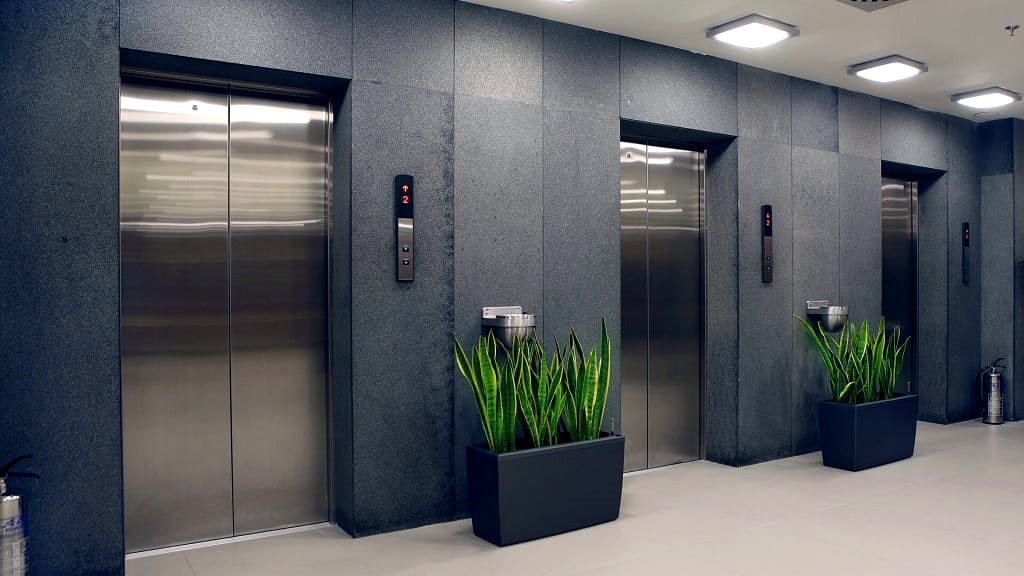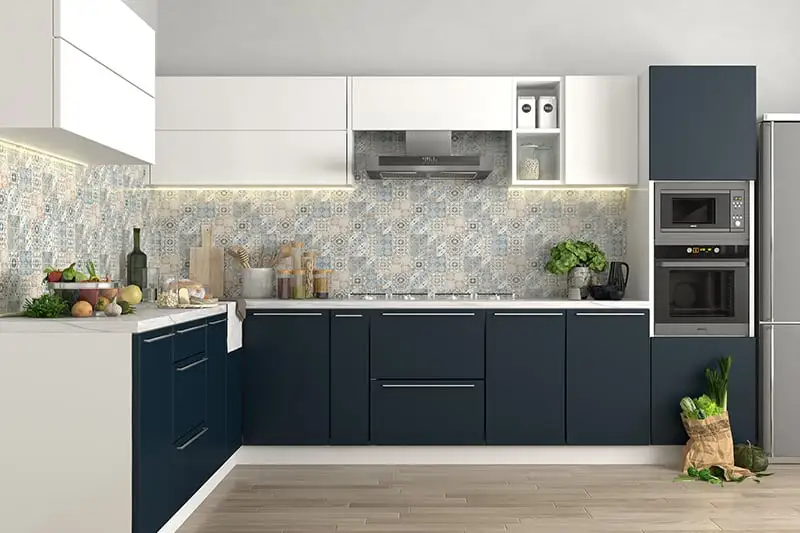Elevators, or lifts, have become an essential part of modern buildings, providing convenient vertical transportation for people and goods. With their widespread use, ensuring the safety and security of lift systems has become paramount. From high-rise office buildings to residential complexes, maintaining the highest standards of lift safety and security is crucial to protecting occupants and promoting confidence in using these vertical conveyances. In this article, we delve into the key aspects that contribute to lift safety and security.
- Regular Maintenance and Inspections
Regular maintenance and inspections are fundamental to lift safety. Elevator systems should undergo routine servicing by certified technicians to identify and rectify potential issues before they escalate. Compliance with safety regulations and standards, such as those set by government authorities and professional organizations, is a must.
- State-of-the-Art Technology
Advancements in lift technology have led to enhanced safety features. Modern elevators are equipped with sensors, cameras, and intelligent control systems that continuously monitor performance and respond to emergency situations promptly. Overload protection, door-edge sensors, and automatic emergency brakes are some of the safety mechanisms integrated into contemporary lift designs.
- Emergency Communication Systems
Reliable communication systems are critical in case of lift emergencies. Lifts should be equipped with emergency call buttons or intercoms that allow occupants to seek help quickly. Additionally, real-time communication with a remote monitoring center ensures timely responses to any distress situations.
- Access Control and Authentication
Security in lifts extends beyond physical safety. Implementing access control systems, such as key cards, biometric scanners, or PIN codes, restricts unauthorized access and ensures that only authorized personnel can use specific lifts, especially in commercial or residential buildings.
- Fire Safety Measures
In the event of a fire, lifts can pose potential risks if not properly designed to mitigate such scenarios. Modern lift designs incorporate fire-resistant materials, smoke detectors, and special fire-rated doors to prevent the spread of fire and smoke between floors.
- User Education and Awareness
Promoting lift safety and security also involves educating users about best practices and emergency procedures. Clear signage within the lift and at the entrance reminds passengers of weight limits, prohibition of jumping, and the importance of not forcing open doors. Informing occupants about what to do in case of power failures or lift malfunctions can help prevent panic and ensure a safe evacuation process.
- Backup Power Systems
Reliable power supply is critical for lift operation. Incorporating backup power systems, such as uninterruptible power supplies (UPS) or emergency generators, ensures that lifts can continue to function during power outages, enabling safe and smooth evacuation, if necessary.
Conclusion
Lift safety and security are non-negotiable aspects of building management. The proper functioning of elevators is essential to the daily lives of people, and any negligence in this regard can have severe consequences. By adhering to stringent maintenance practices, incorporating state-of-the-art technology, ensuring effective emergency communication, and educating users, building owners and operators can create a safe and secure vertical transportation experience. Additionally, compliance with safety regulations and the integration of fire safety measures guarantee that lifts continue to serve their intended purpose reliably and efficiently, instilling confidence in occupants and visitors alike.





